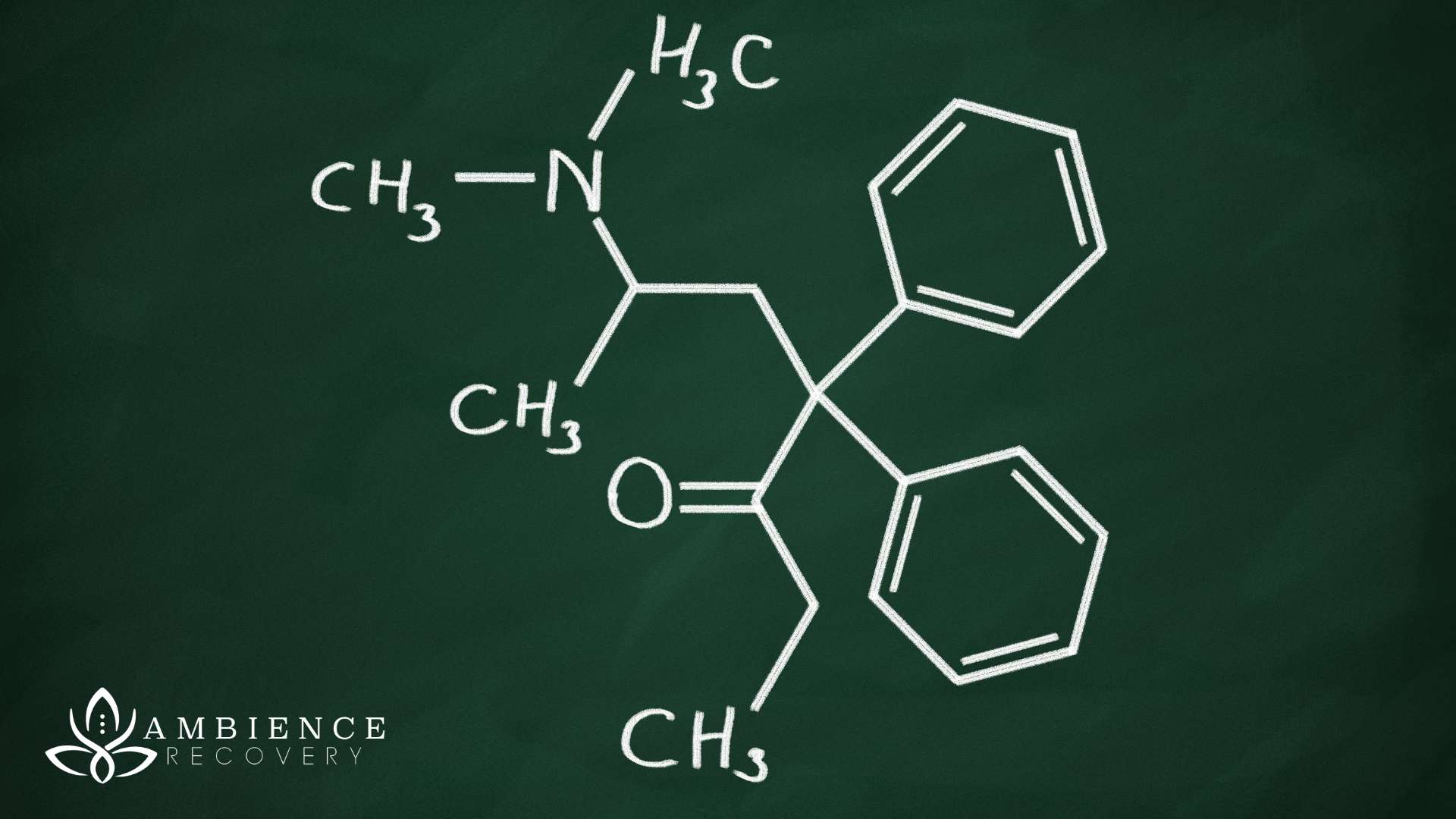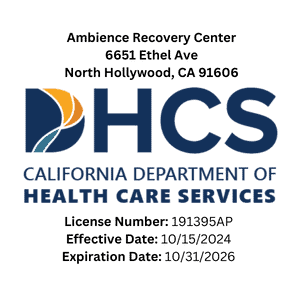Key Takeaways
- Methadone is a long-acting synthetic opioid used in opioid addiction treatment and pain management.
- It can stay in your system for days or even weeks, depending on several personal factors.
- Urine, blood, saliva, and hair tests can detect methadone long after the last dose.
- Dosage, metabolism, and liver function all affect how long it stays in your body.
Introduction
Methadone is a medication that can be both helpful and harmful. It’s often used to treat opioid use disorder, helping people manage cravings and reduce withdrawal symptoms. But it’s also an opioid, and it can stay in your system longer than many other drugs.
Whether you’re preparing for a drug test, considering stopping methadone, or wondering how long its effects might last, it’s important to understand how methadone works in the body. In this article, we’ll break it down in simple terms—no confusing jargon, just real answers.
What Is Methadone and Why Is It Used?
Methadone is a synthetic opioid, meaning it’s man-made and designed to act like natural opioids in the body. Doctors prescribe it for two main reasons: to relieve pain and to help people recover from addiction to opioids like heroin or prescription painkillers.
When used correctly, methadone can reduce cravings and help people avoid relapse. But it doesn’t come without risks. Methadone can lead to dependence and, if misused, addiction. Because it works differently than short-acting opioids, methadone stays in the body much longer, which also means it can show up on drug tests days after use.
How Methadone Works in the Body
Methadone binds to opioid receptors in the brain, the same ones that respond to drugs like heroin or morphine. But unlike those drugs, methadone has a slow onset and long half-life. That means it doesn’t wear off quickly, and its effects can last much longer.
Because of its long-acting nature, methadone can build up in your system if taken regularly. This is why doctors closely monitor dosage during methadone treatment. Taking more than prescribed or mixing it with other substances can be dangerous and even lead to overdose.
How Long Does Methadone Stay in Your System?
The amount of time methadone stays in your system depends on several factors. One of the biggest is its half-life, which is the time it takes for half the drug to leave your body.
For methadone, the half-life is between 8 and 59 hours. That’s a huge range, and it shows how different people process the drug in different ways. In general, methadone can be detected in your system for several days or even weeks after the last dose.
If you’ve only taken methadone once, it may leave your body faster. But if you’ve been using it regularly—especially at high doses—it could stick around for a much longer time.
Methadone Detection Windows by Test Type
There are several ways to test for methadone. Each method has a different detection window:
- Urine Test: This is the most common type of drug test. Methadone can usually be found in urine for up to 7 to 10 days, sometimes longer in chronic users.
- Blood Test: Methadone may be detected in the blood for up to 2 to 4 days after the last dose.
- Saliva Test: Less commonly used, but methadone may show up in saliva for 1 to 3 days.
- Hair Test: The most long-term detection method. Methadone can be found in hair follicles for up to 90 days after use.
It’s important to note that not all drug tests look for methadone. Standard panels may miss it unless a specific test for methadone is ordered.
What Affects How Long Methadone Stays in Your Body?
Everyone’s body is different, so methadone doesn’t leave everyone’s system at the same speed. Several things can affect how long it stays:
- Dosage and Frequency of Use: Higher doses or regular use lead to a longer detection window.
- Metabolism: People with faster metabolisms process drugs more quickly.
- Body Fat: Methadone is fat-soluble, so it can build up in fat tissue.
- Age and Health: Older adults or people with liver issues may process methadone more slowly.
- Other Substances: Alcohol or other medications can interact with methadone and affect how it’s absorbed or cleared.
Can Methadone Cause a False Positive on a Drug Test?
Methadone doesn’t usually show up on standard drug tests for opioids. So, if someone is taking methadone legally through a treatment program, it won’t necessarily trigger a positive result on a basic test.
However, some false positives have been reported with certain medications. That’s why labs often follow up with more specific tests, like gas chromatography, to confirm the results. If you’re in a treatment program and concerned about testing, be open with your doctor or counselor. Honesty can help prevent confusion and protect your progress.
Methadone Withdrawal and Dependence
Even though methadone is used to treat addiction, it can be addictive too—especially if misused. Over time, your body gets used to having it, and stopping suddenly can lead to withdrawal symptoms.
These may include:
- Sweating or chills
- Nausea or vomiting
- Muscle aches and restlessness
- Anxiety and insomnia
- Cravings and fatigue
Because methadone has such a long half-life, withdrawal can last longer than with other opioids. This is why medically supervised tapering is often recommended, so your body has time to adjust gradually.
Treatment for Methadone Dependence
If you or someone you love is struggling with methadone use or addiction, there’s no shame in asking for help. Ambience Recovery provides compassionate, professional care for those seeking to end their dependence and start fresh.
Our treatment programs include:
- Medical detox to safely manage withdrawal symptoms
- Therapy to address the root causes of drug use
- Support groups and counseling to build coping skills
Whether you started methadone through a clinic or used it without a prescription, we’re here to help you find balance, healing, and freedom.
Conclusion
Methadone can stay in your system for days—and in some cases, even weeks—depending on your health, how much you took, and how often you used it. While it plays a key role in treating opioid addiction, methadone also carries risks of its own, especially when misused.
If you’re struggling with methadone use, dealing with drug testing, or feeling stuck in the cycle of dependence, you don’t have to face it alone.
Call Ambience Recovery at 866-721-7470 to speak with a caring specialist. Your recovery matters—and we’re here to help you take the next step.
FAQs
How long does methadone stay in your urine?
Methadone can be detected in urine for up to 7 to 10 days, and sometimes longer, especially with long-term use.
Will methadone show up on a drug test?
Only if the test specifically includes methadone. It doesn’t typically appear on standard opioid panels unless requested.
What affects how long methadone stays in your body?
Factors like your metabolism, dosage, how long you’ve used methadone, and your overall health can all impact how long it remains detectable.
Can methadone cause withdrawal symptoms?
Yes. Withdrawal can be uncomfortable and long-lasting, which is why supervised detox and tapering are often recommended.
Where can I find help for methadone addiction?
Call 866-721-7470 to reach Ambience Recovery. Our team offers personalized treatment plans to support lasting recovery from methadone and other opioids.
What are the effects of methadone on the body?
The effects of methadone include pain relief, sedation, and euphoria. It is used to treat opioid addiction and manage chronic pain, but can also lead to side effects such as respiratory depression and constipation.
How does methadone addiction treatment work?
Methadone addiction treatment involves using methadone as a replacement therapy to help reduce cravings and withdrawal symptoms associated with opioid dependence. It is often part of a comprehensive treatment plan that includes counseling and support.
Resources
https://www.methadone.org/how-long-does-methadone-stay-in-your-urine/
https://www.ncbi.nlm.nih.gov/books/NBK310658/
https://www.webmd.com/mental-health/addiction/methadone-addiction
Katie is a Licensed Clinical Social Worker who has worked as a primary therapist, supervisor, and now clinical director for SUD/MH treatment centers for the past 12 years. Katie is trained in Brainspotting, EMDR, Internal Family Systems and Dialectical Behavior Therapy and is passionate about treating substance use disorders, trauma and grief.






